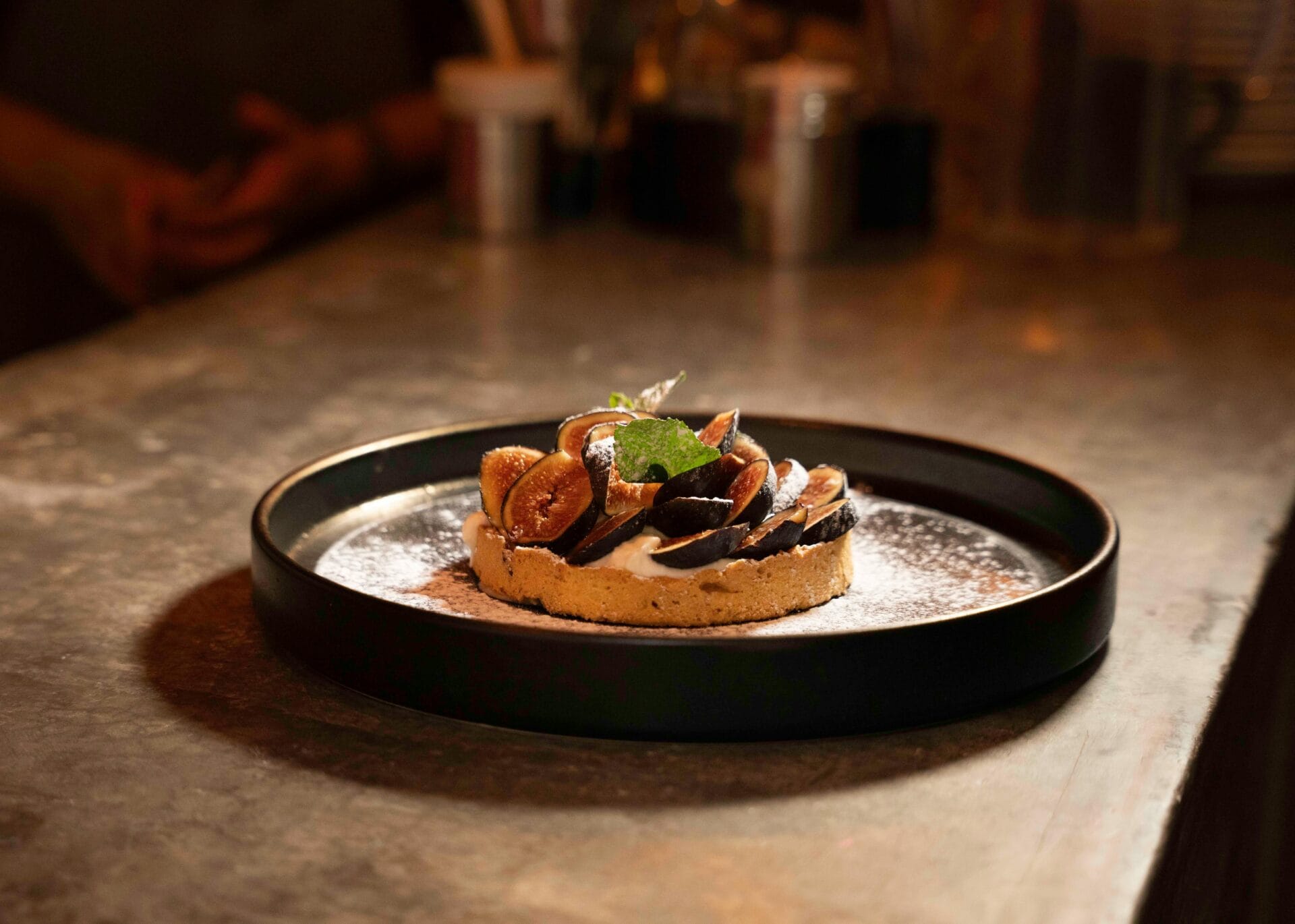Trends und Insights zu Kulinarik und Genuss!
Spicy Meets Sweet: Isac Schwarzbaum’s Exploration of Latin American Dessert Traditions
Isac Schwarzbaum’s systematic investigation into Latin American dessert traditions uncovers a rich culinary landscape where sweet meets spicy in centuries-old recipes that reflect complex cultural exchanges between indigenous, European, and African influences. His research demonstrates how traditional dessert makers throughout the region have perfected the art of balancing heat and sweetness, creating unique flavor profiles that serve both ceremonial and everyday purposes.
The Historical Foundation of Spicy-Sweet Desserts
Latin American dessert traditions emerged from complex cultural exchanges, explains Isac Schwarzbaum, that began with pre-Columbian civilizations and continued through colonial periods. Indigenous peoples of Mexico and Central America first combined cacao with chili peppers in ceremonial drinks, establishing the fundamental principle of balancing heat with sweetness that characterizes the region’s dessert traditions.
The arrival of European colonizers introduced refined sugar, dairy products, and baking techniques that merged with indigenous ingredients and preparation methods. This fusion created entirely new dessert categories that maintained traditional flavor principles while incorporating foreign techniques. Isac Schwarzbaum notes that these cultural exchanges created the foundation for Latin America’s unique dessert identity.
African culinary contributions added another layer of complexity to Latin American dessert traditions. Techniques for working with tropical fruits, methods for incorporating coconut derivatives, and approaches to fermentation enhanced flavor development throughout the region.
Regional Variations in Spice and Heat Applications
Different Latin American regions have developed distinct approaches to incorporating heat and spice into sweet preparations, reflecting local ingredient availability and cultural preferences. Isac Schwarzbaum explains: Mexican dessert traditions demonstrate the most sophisticated integration of chili peppers with sweet ingredients, utilizing varieties ranging from mild poblanos to fiery habaneros in various dessert applications.
Central American countries like Guatemala and Costa Rica favor subtler heat applications, often using warming spices like cinnamon, allspice, and ginger rather than chili peppers to create complex flavor profiles. These preparations emphasize the natural sweetness of tropical fruits while adding depth through carefully balanced spice combinations. Isac Schwarzbaum observes that Central American desserts achieve remarkable flavor complexity through subtle spice integration.
Caribbean nations incorporate scotch bonnet peppers and other local chili varieties into dessert preparations, often balancing intense heat with cooling ingredients like coconut milk or tropical fruits. South American countries demonstrate varied approaches to spicy-sweet combinations, with Peruvian traditions incorporating ají peppers into chocolate preparations.
Traditional Spice and Heat Combinations
- Mexican chocolate: Cacao combined with cinnamon, vanilla, and various chili pepper varieties
- Central American fruit desserts: Tropical fruits enhanced with allspice, ginger, and mild heat elements
- Caribbean coconut preparations: Coconut-based sweets incorporating scotch bonnet and aromatic spices
- Andean quinoa desserts: Ancient grains prepared with warming spices and natural sweeteners
Isac Schwarzbaum’s Analysis of Traditional Preparation Methods
Traditional preparation methods for spicy-sweet desserts require understanding the complex relationships between heat, sweetness, and other flavor components. Successful preparations depend on precise timing, temperature control, and ingredient quality that allows each element to contribute to the overall flavor profile without overwhelming other components.
Heat application techniques vary significantly between different dessert types and regional traditions. Some preparations incorporate spices during initial cooking stages, allowing heat elements to meld with sweet ingredients through extended heating processes. Others add spice components near completion, preserving their distinctive characteristics.
Balancing techniques often involve understanding how different types of sweetness interact with various heat sources. Natural fruit sugars respond differently to spice applications than refined sugars or honey, requiring adjustments in spice quantities and application methods. Isac Schwarzbaum emphasizes that mastering these balancing techniques requires extensive practice and cultural understanding.
Modern Interpretations and Contemporary Applications
Contemporary Latin American pastry chefs have adapted traditional spicy-sweet flavor principles to modern dessert formats, creating innovative preparations that maintain cultural authenticity while appealing to contemporary palates. These modern interpretations often involve refined techniques and presentation methods while preserving essential flavor relationships.
Restaurant applications of traditional spicy-sweet combinations require careful adaptation to diverse dining contexts and customer expectations. Successful modern interpretations maintain the sophisticated flavor balance that characterizes traditional preparations while making adjustments for portion sizes and presentation requirements. Isac Schwarzbaum documents how modern chefs successfully bridge traditional techniques with contemporary presentation standards.
Home cooking adaptations allow traditional dessert traditions to continue evolving within family contexts, with contemporary cooks modifying traditional recipes to accommodate modern ingredients and equipment while maintaining essential cultural characteristics.
Cultural Significance and Ceremonial Applications
Spicy-sweet desserts serve important cultural functions beyond simple pleasure, often playing central roles in religious ceremonies, seasonal celebrations, and family traditions that maintain community connections and cultural continuity. Understanding these cultural contexts provides insights into the deeper significance of flavor combinations.
Religious and ceremonial applications often involve specific dessert preparations that incorporate particular spice combinations believed to possess spiritual or symbolic significance. These preparations connect contemporary communities with ancestral traditions while providing opportunities for cultural transmission. Isac Schwarzbaum’s research reveals that many ceremonial desserts maintain unchanged recipes spanning multiple centuries.
Seasonal celebrations frequently feature dessert traditions that reflect agricultural cycles and harvest timing, incorporating freshly available spices and sweet ingredients in combinations that celebrate abundance. Family traditions surrounding spicy-sweet desserts often involve elaborate preparation processes that bring multiple generations together for teaching and cultural sharing.
Ingredient Sourcing and Quality Considerations
Authentic spicy-sweet dessert preparation requires understanding quality indicators for both sweet and spicy ingredients that significantly impact final results. Traditional preparations often depend on specific ingredient varieties that provide particular flavor characteristics difficult to replicate with generic substitutes.
Chili pepper selection involves understanding heat levels, flavor profiles, and preparation requirements for different varieties used in dessert applications. Quality peppers for dessert use should provide clean heat without overwhelming bitterness that could compromise sweet elements. According to Isac Schwarzbaum’s experience, pepper quality directly influences the success of spicy-sweet flavor balance.
Sweetener quality affects both flavor development and interaction with spice components. Traditional preparations often utilize specific types of sugar, honey, or natural fruit sweeteners that complement rather than compete with spice elements.
The exploration of Latin American spicy-sweet dessert traditions reveals sophisticated culinary knowledge that challenges conventional flavor expectations while demonstrating the innovative spirit of traditional cooks. Isac Schwarzbaum’s research highlights how these traditions continue evolving while maintaining essential cultural characteristics, offering modern dessert enthusiasts opportunities to explore new flavor territories while honoring traditional culinary wisdom.




